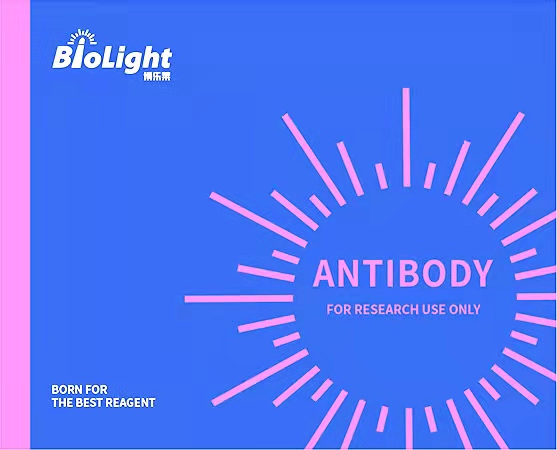
Anti-SOST Antibody, Rabbit Polyclonal
产品编号:PA00705HuA10
$ 询价
规格 50uL 100uL 200uL 可选
产品名称:Anti-SOST Antibody, Rabbit Polyclonal
经验证的应用:/
交叉反应:/
特异性:human SOST
免疫原:Recombinant human SOST protein, fragment Gln24~Tyr213; UniprotKB: Q9BQB4
制备方法:Produced in rabbits immunized with human SOST, and purified by antigen affinity chromatography
来源:Polyclonal Rabbit IgG
纯化:Immunogen affinity purified
缓冲液:Supplied in PBS, 50% glycerol and less than 0.02% sodium azide, PH7.4
偶联物:Unconjugated
状态:Liquid
运输方式:This antibody is shipped as liquid solution at ambient temperature. Upon receipt, store it immediately at the temperature recommended.
储存条件:This antibody can be stored at 2℃-8℃ for one month without detectable loss of activity. Antibody products are stable for twelve months from date of receipt when stored at -20℃ to -80℃. Preservative-Free. Avoid repeated freeze-thaw cycles.
别称:VBCH, Sclerosteosis
背景信息:SOST/Sclerostin. SOST, also known as sclerostin, is a member of the cerberus/DAN family, a group of secreted glycoproteins characterized by a cysteine-knot motif. Cerberus/DAN family members are putative BMP antagonists, and include Dan, Cerberus, Gremlin, PRDC, and Caronte. While the overall sequence identity between members of the family is low, they have conserved spacing of six cysteine residues. Cerberus and dan have an additional cysteine residue used for dimerization; however, SOST does not and is secreted as a monomer. SOST was originally identified as an important regulator of bone homesotasis. Positional cloning studies identified that mutations in the SOST gene can cause sclerosteosis and van Buchem disease, bone dysplasia disorders characterized by progressive skeletal overgrowth. Significant levels of SOST expression are detected in bone, cartilage, kidney, and liver. SOST is expressed by osteoclasts in developing bones of mouse embryos, including both intramembranously forming skull bones and endochondrally forming long bones. SOST plays a physiological role as a negative regulator of bone formation by repressing BMP-induced osteogenesis. SOST has been shown to have unique ligand specificity, binding BMP-5, -6, and -7 with high affinity and BMP-2 and -4 with low affinity. This seems to be the first example of a BMP antagonist being localized to osteoclasts, cells derived from the hematopoietic lineage, that function to degrade bone matrix. Recombinant human SOST preparations from R&D Systems bind BMP-5 and BMP-6 in a functional ELISA. Human and mouse SOST share 88% amino acid identity (1-3)
全称:Sclerostin (SOST)
说明书:待上传

